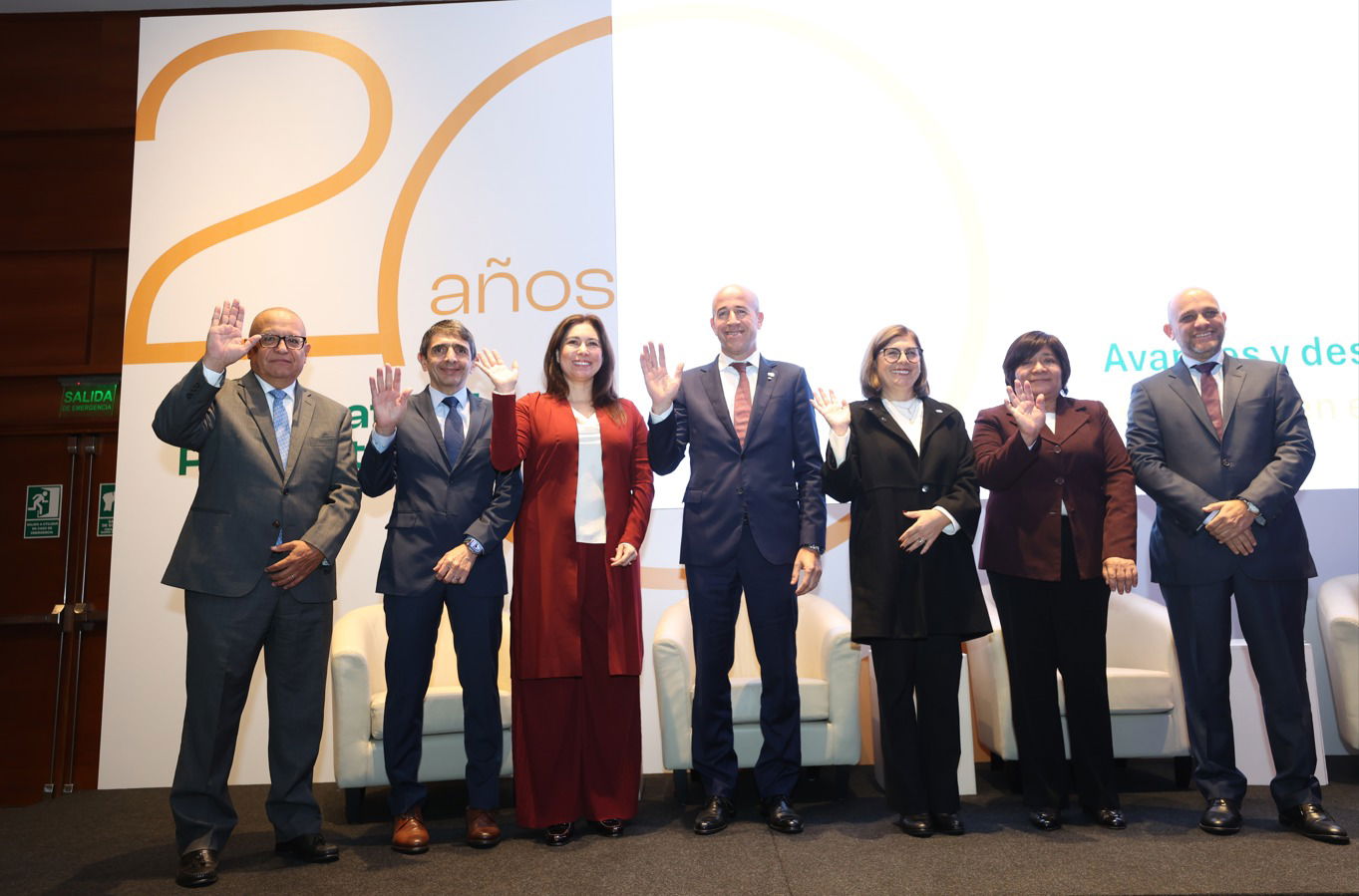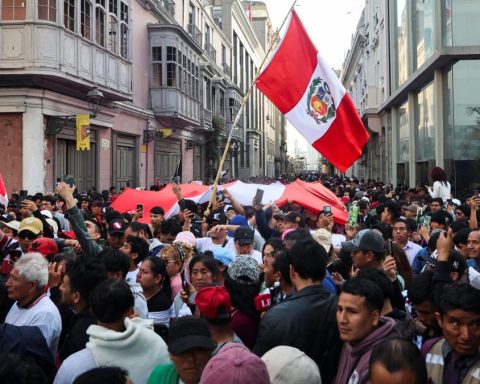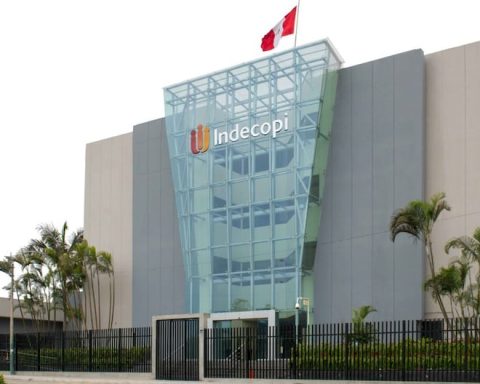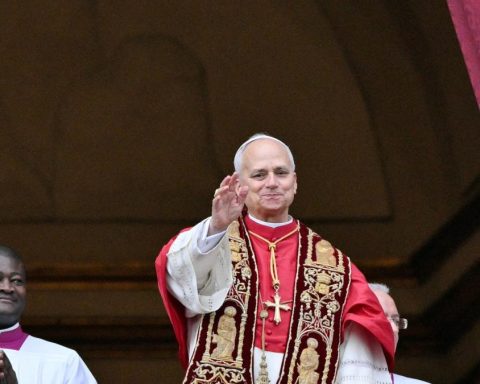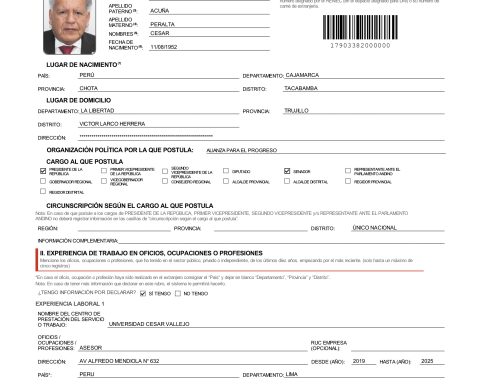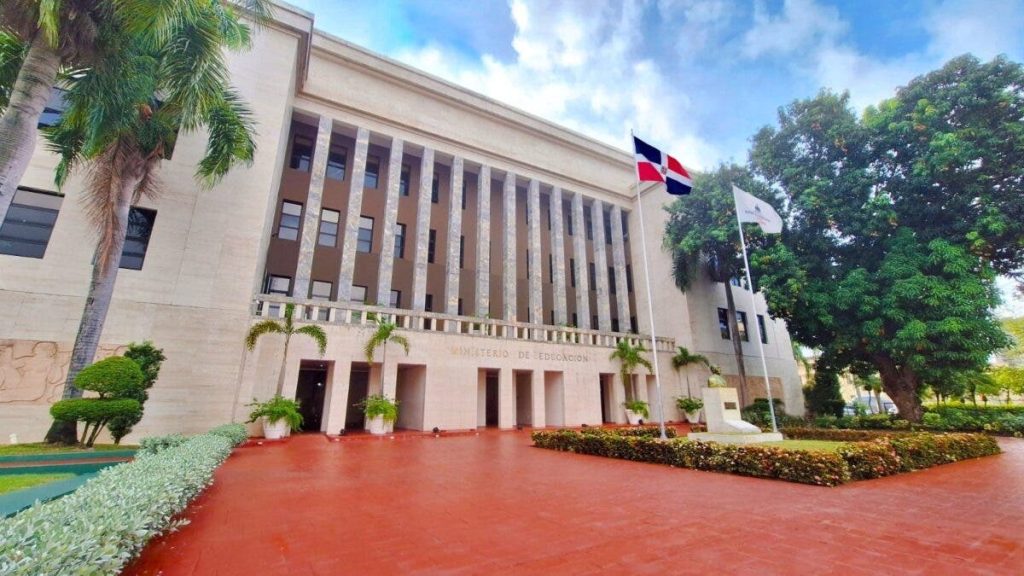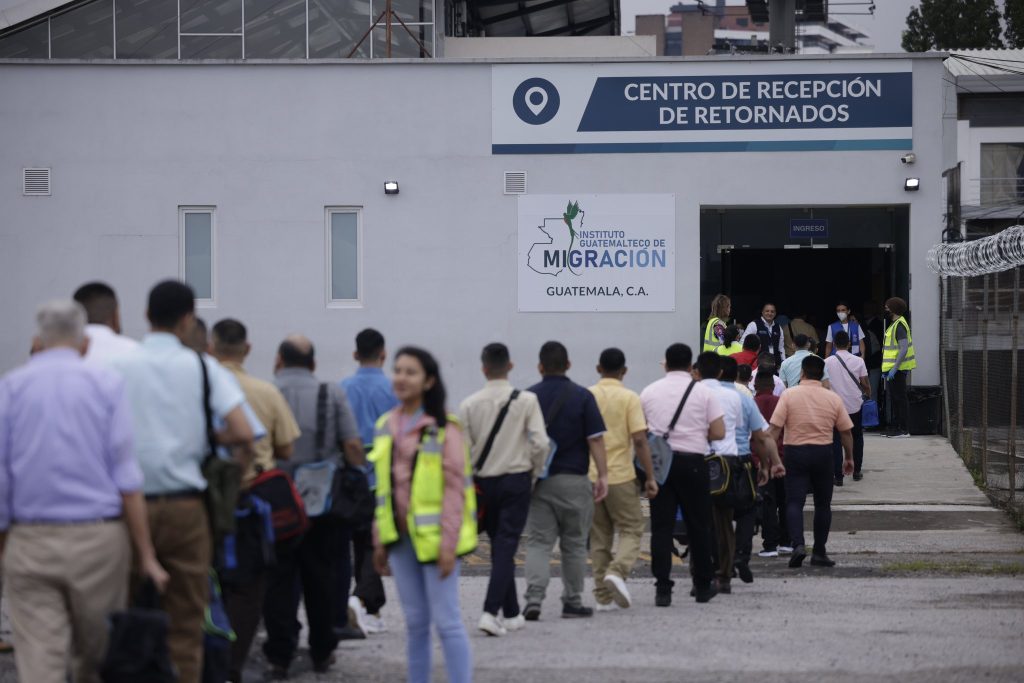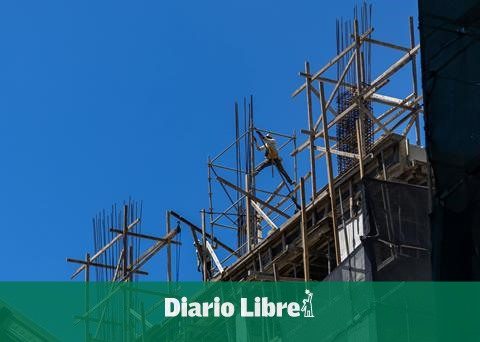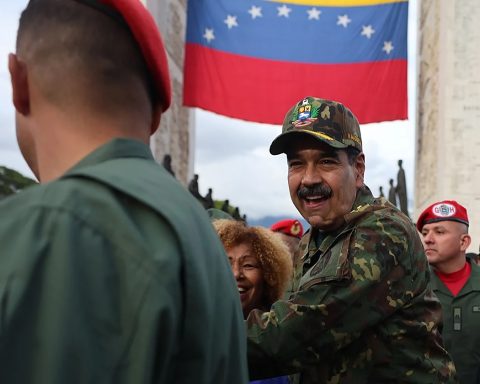Camisea has contributed significantly to economic development, social and energy sector of Peru with an estimated impact of more than S/ 203,000 million (2.3% of GDP) in favor of the country, between 2004 and 2023.
LOOK: ComexPerú considers Petroperú’s board resignation to be a “bad sign”
This is the conclusion reached by a study by Macroconsult. According to the consultancy, the Camisea Consortium, TGP and Cálidda, throughout their 20 years of operation, contributed around S/67,000 million in royalties and income tax, equivalent to the construction of 277 hospitals, 1,055 High Performance Schools and 21 thousand kilometers of roads.
Likewise, the fiscal contribution of the Camisea Consortium, Transportadora de Gas del Perú (TGP) and Cálidda contributed to the reduction of the fiscal deficit by nearly 30% between 2004 and 2023.
“The Camisea project has established itself as one of the key drivers of the country’s energy development. The investment by the Camisea Consortium, TGP and Cálidda totaled more than S/29,000 million, of which S/22,000 million was invested in local components and another S/7,000 million in imported components,” said Tamayo.
He added that between 2004 and 2023, the Camisea project contributed nearly US$170 billion (at present value, about S/ 630 billion) to the country’s trade balance, thus contributing approximately half of the trade surplus achieved in that period.
He indicated that for each direct job in the Camisea, TGP and Cálidda Consortium, 7 additional indirect jobs are generated in the economy, reaching nearly 56 thousand annual jobs in total.
Another aspect highlighted by Macroconsult is that in the period between 2001 and 2023, the Camisea Consortium, TGP and Cálidda have allocated more than S/838 million in social investment in different regions of Peru.
A monumental work
The Camisea Project, which marked a milestone in the energy infrastructure of Peru and the region, has an entire supply chain, from the field, the pipeline and the distribution networks. Today, Camisea gas represents 96% of the country’s natural gas, covers 70% of the national consumption of liquefied petroleum gas (LPG) and supplies more than 40% of Peru’s electricity.
“Gas has brought development and benefits to Peruvians over the last 20 years and has the potential to continue doing so. From the Camisea consortium we reaffirm our commitment to continue working for the progress of Peru in the next 20 years, considering the challenges associated with the massification of gas, its industrialization and a robust exploration plan for the identification and use of those reserves necessary for the energy transition,” said Germán Álvarez, Country Manager of Pluspetrol.
In its two decades of operation, -indicates the Macroconsult study- more than S/ 36,000 million were transferred to regional and local governments through royalties and FOCAM generated by lots 88,56 and 57.
Massification and sustainability
The study highlighted the crucial role of Camisea in the widespread use of natural gas in Peru, with more than 2 million homes, industries and businesses benefiting in 10 regions of the country. This expansion, between 2004 and 2023, has allowed Camisea gas users to save S/414 billion and has contributed to a significant improvement in air quality, reducing greenhouse gas emissions by 15%.
Regarding the prospects for mass deployment, Martín Mejía, general manager of Cálidda, said that “we are committed to bringing natural gas to homes in Lima and Callao and, in the future, to expanding the home network to the central and southern regions of the country. For this reason, we have presented the State with a self-sustaining project – which is currently being evaluated – to make this dream a reality. Our purpose is to continue generating well-being and the same opportunities for Peruvian families.”
Under the management of the company TGP, the transportation of Camisea gas, through the 730-kilometer pipeline that runs from the Amazon rainforest to the coast, crossing the Andes mountain range, has registered 99.9% availability in these 20 years, which reflects an uninterrupted distribution of the resource.
“In the next 20 years, natural gas will be a fundamental pillar to facilitate the transition towards a cleaner future and ensure a continuous supply of energy. Its capacity to reduce greenhouse gas emissions, compared to the use of other fossil fuels, in addition to its safety and stability, make it ideal to complement – or replace when necessary – renewable energies, such as solar and wind, which are intermittent,” said the general manager of Transportadora de Gas del Perú (TGP), Tomás Delgado Farizo.
Finally, María Julia Aybar, president of the SNMPE Hydrocarbons Sector Committee, said that, in a global environment increasingly focused on the energy transition, the Camisea operation is a milestone in the history of Peru and has made a fundamental contribution to the country’s growth and well-being for all Peruvians.
RECOMMENDED VIDEO
